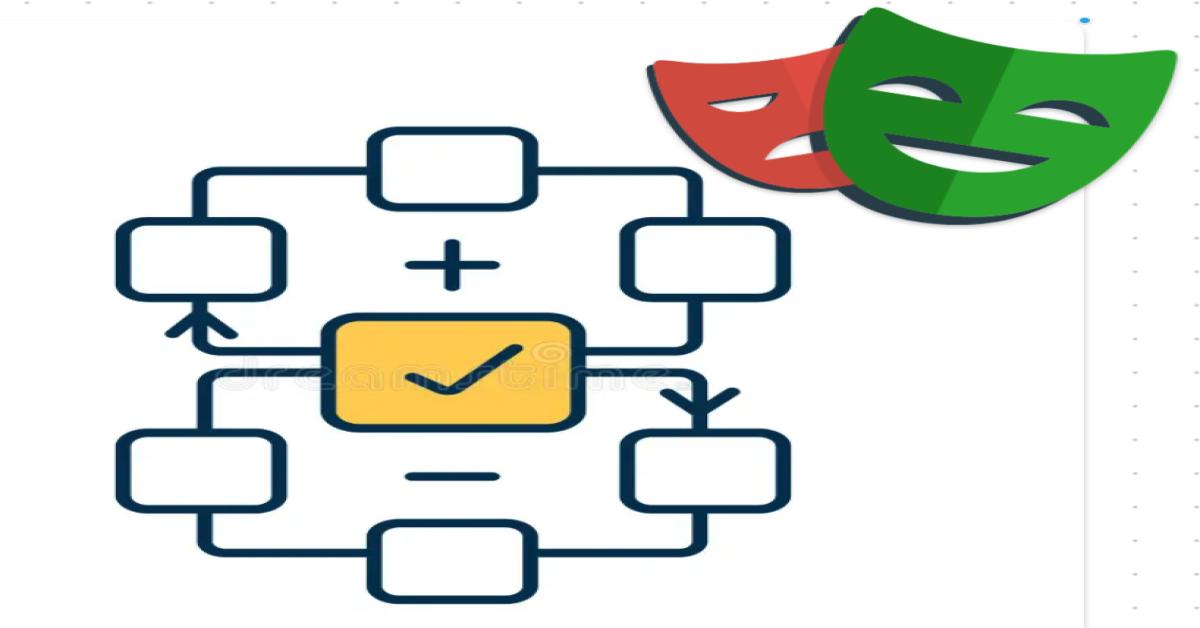DigiRunner .NET Executor Introduction
Author: Rex Chen
Since Microsoft released .NET Framework 1.0, ASP.NET developed already 18 years. Microsoft has developed communication methods such as .NET Remoting (TCP / HTTP / Pipeline communication), Web Service (SOAP with HTTP communication), and basic Winsock. Although the design of the communication methods are different, they have overlapping elements. (For example: .NET Remoting can develop SOAP, HTTP communication). For developers, each communication method has a different design model, and each design model must be learned anew.
Service-Oriented Architecture is now becoming more and more popular in the software industry. Microsoft has added WCF (Windows Communication Foundation) to the .NET Framework 3.0, which is a secure network service framework that provides SOA support. It also is an alternative framework for Web Services and .NET Remoting. During all these years of development, all of the three frameworks: Web Service, .NET Remoting, and WCF, are all widely used by many developers for their projects.
Lately, the Web API has become a new trend. Its cross-platform accessibility can, compared to Web Services and .NET Remoting, use all the features of HTTP (such as URIs, Request / Response Header, temporary storage, version control, multiple content formats). Also, because it is particularly difficult to set up and develop WCF, API platforms are becoming the preferred framework for new projects.
It will be challenging to effectively manage common communication interfaces and let Web Services, .NET Remoting and WCF benefit from the advantages of Web APIs. Developers can only choose to implement the communication interface according to existing services. The increasing amount of services also harms the development time.
Now the DigiRunner .NET Executor provides more efficient management. Existing projects do not need to be rebuild, such as rebuilding WCF projects into Web API projects. Simply put the existing class and method into the DigiRunner attributes and republish them as a new module. Upload it then to the DigiRunner management platform to enable it. At this point, the DigiRunner .NET Executor will mount the module, and after setting permissions and management rules, you can use a unified controller to call. This saves time for implementing different communication interfaces and it is also no longer necessary to manually deploy a remote desktop (RDP) on the IIS server like in the past. Which again reduces maintenance costs.








